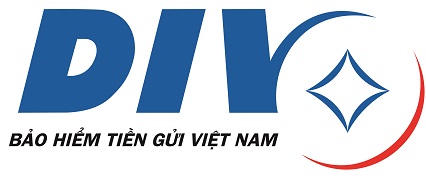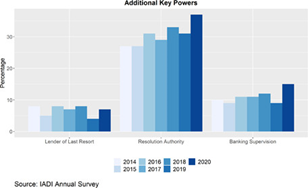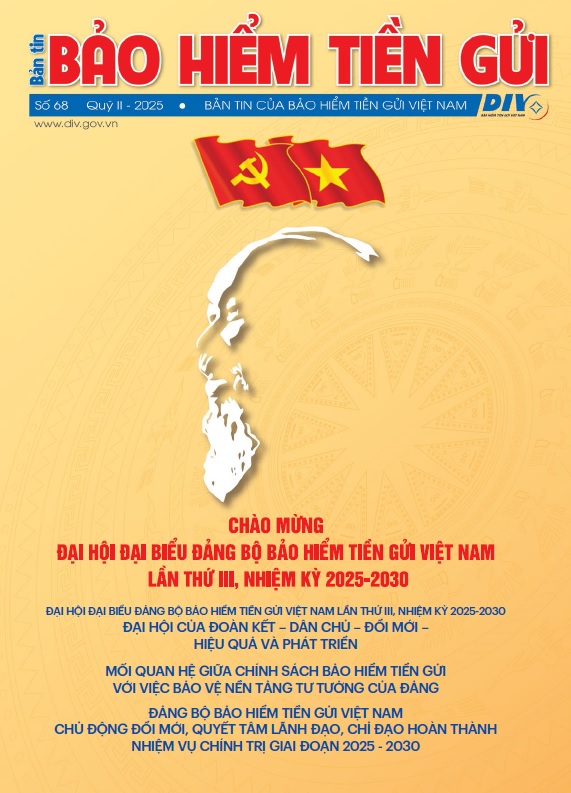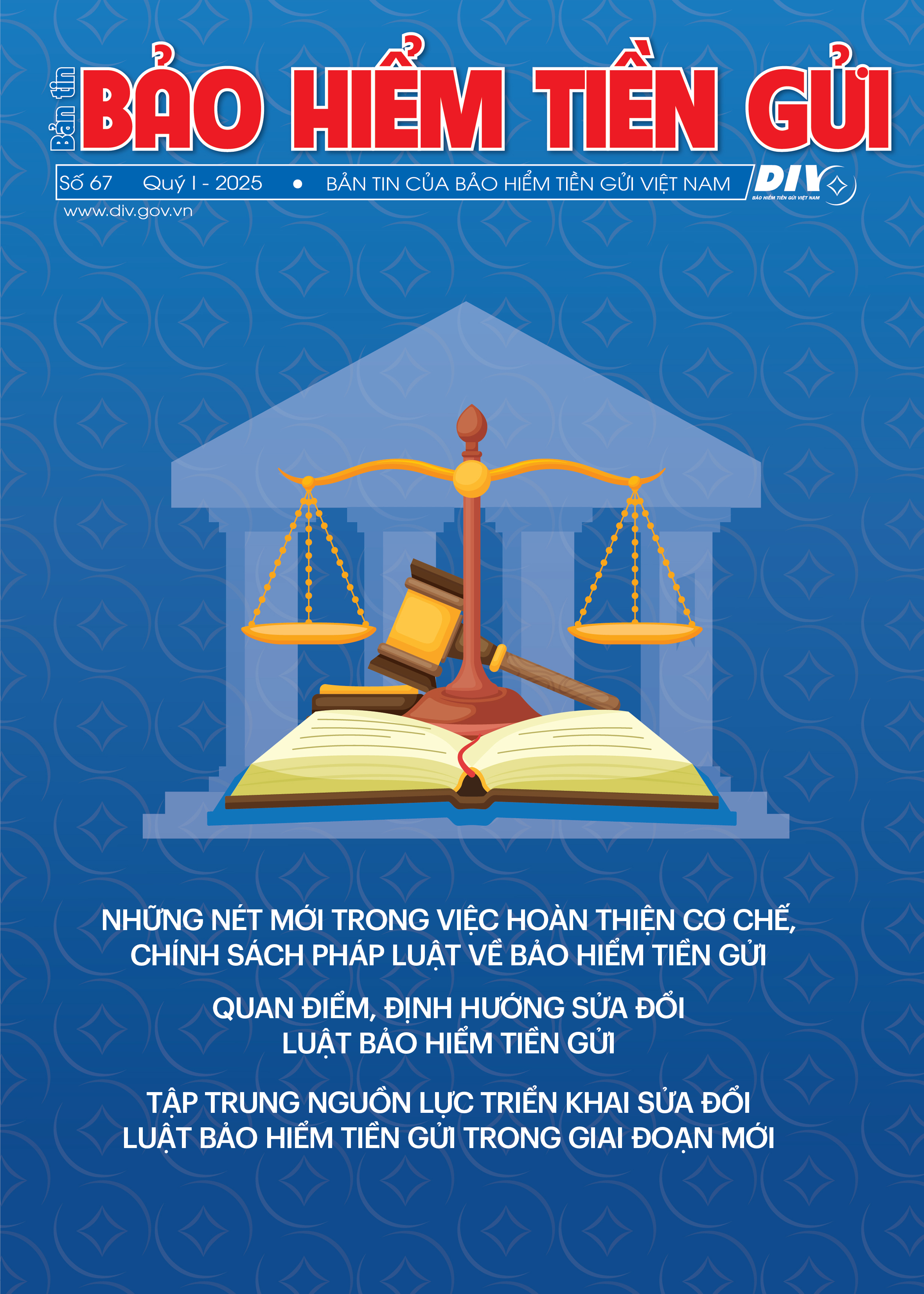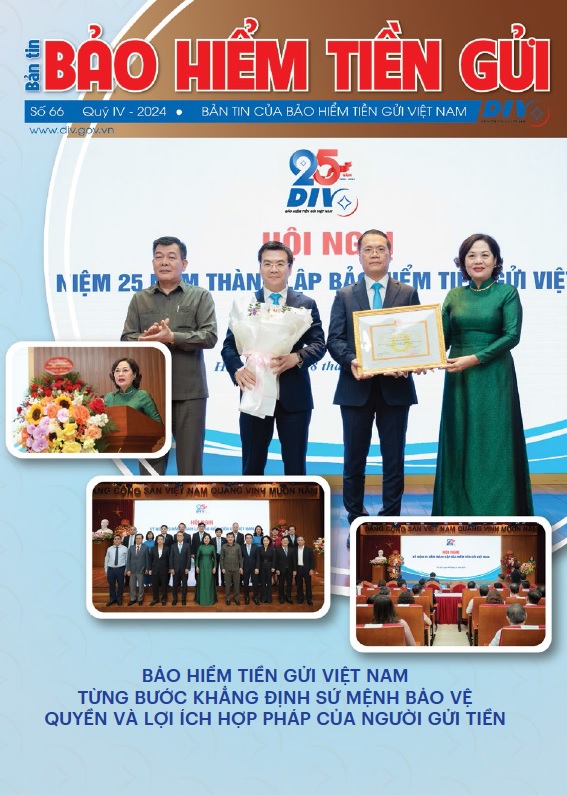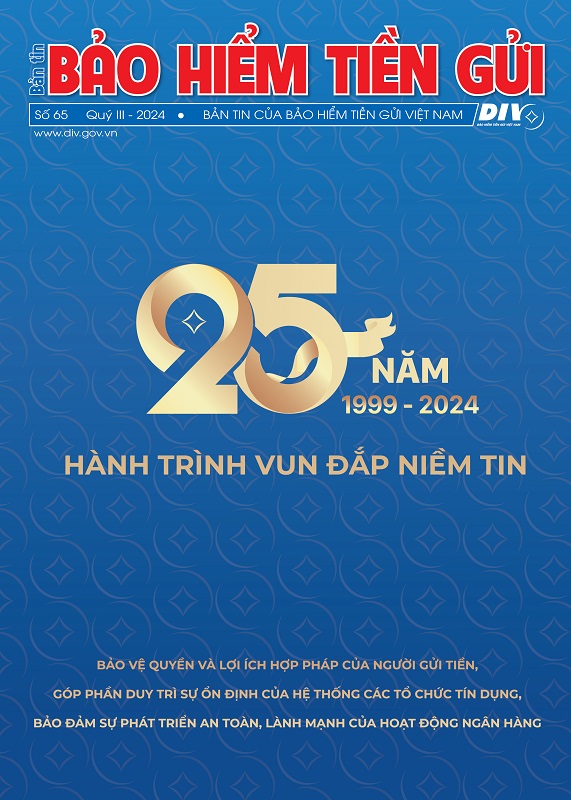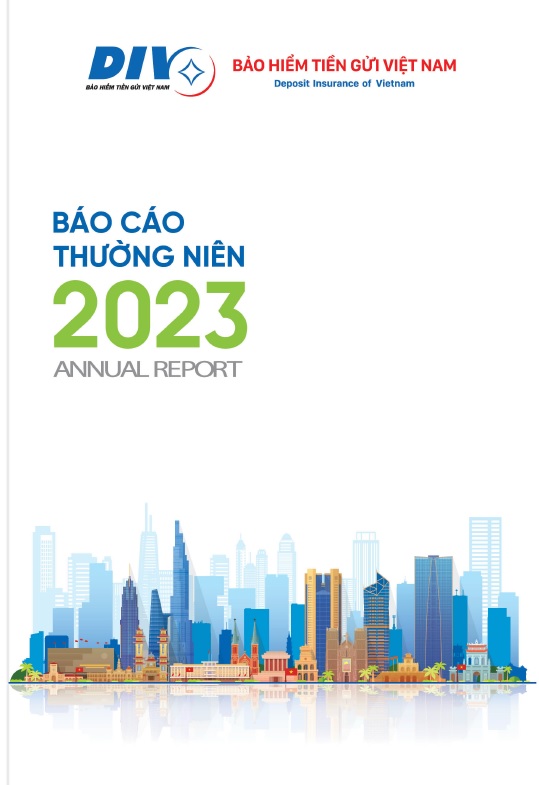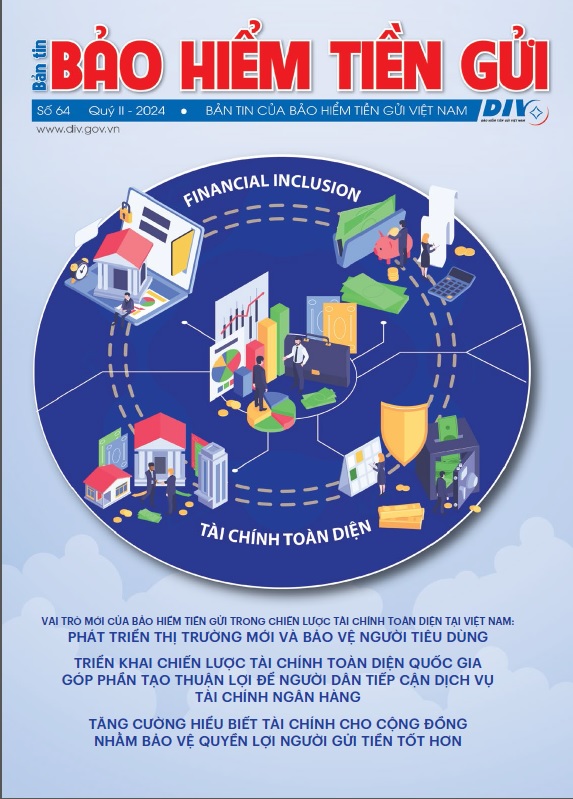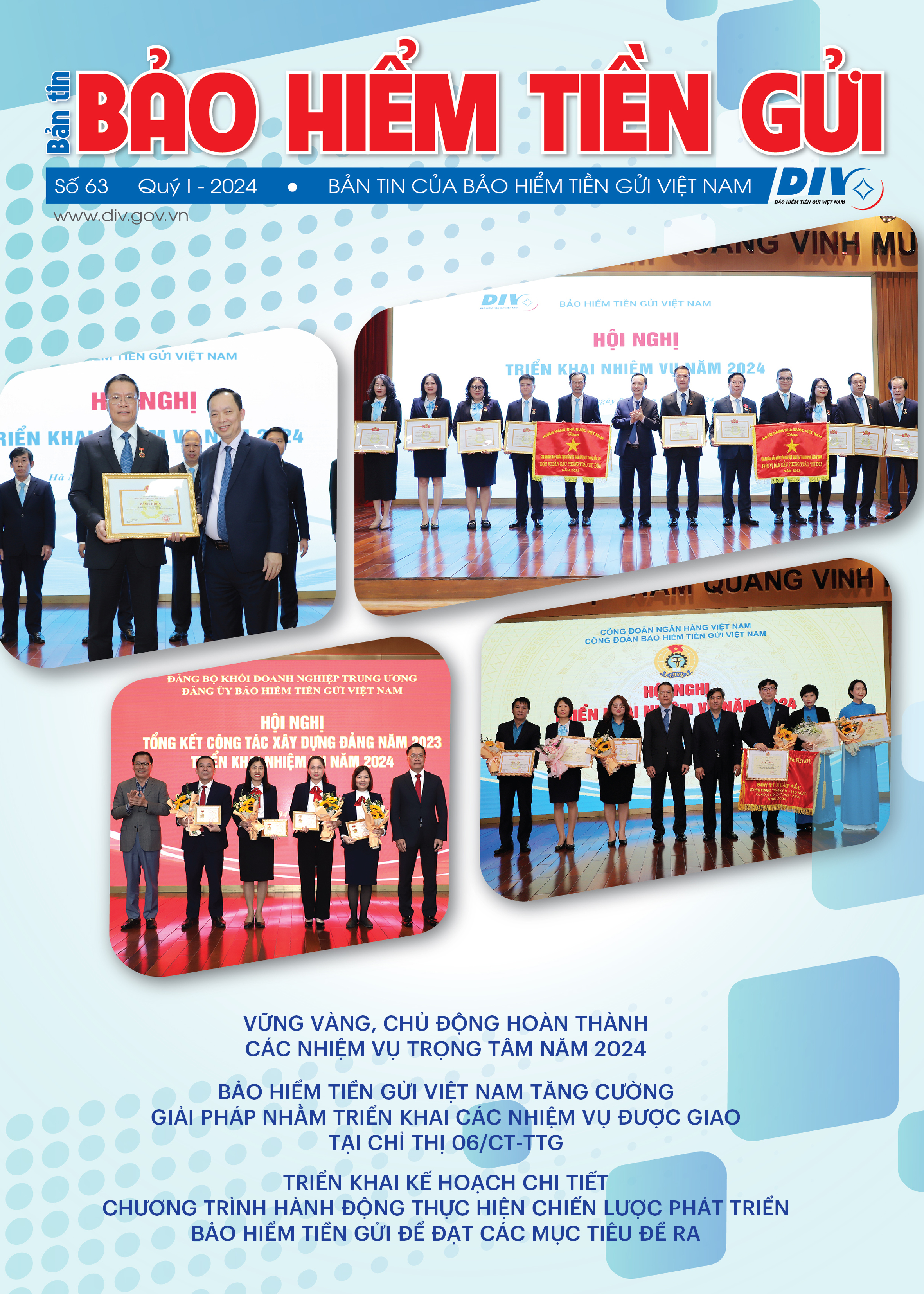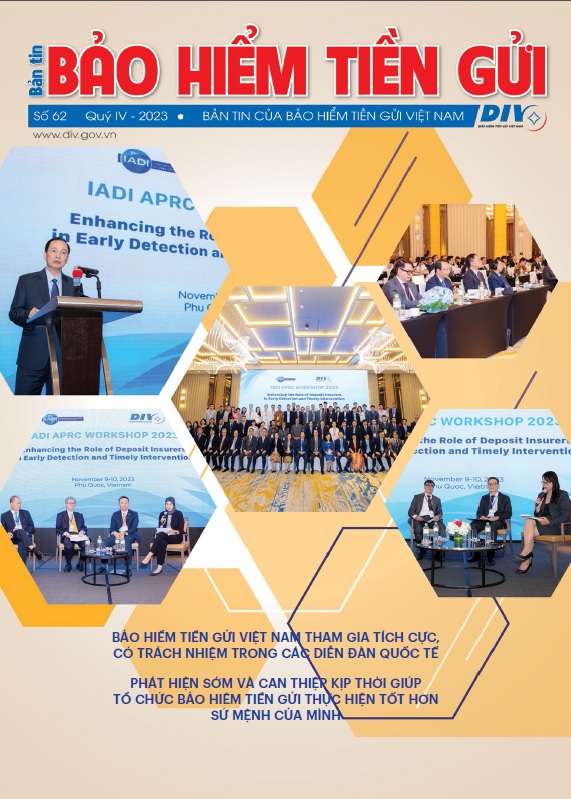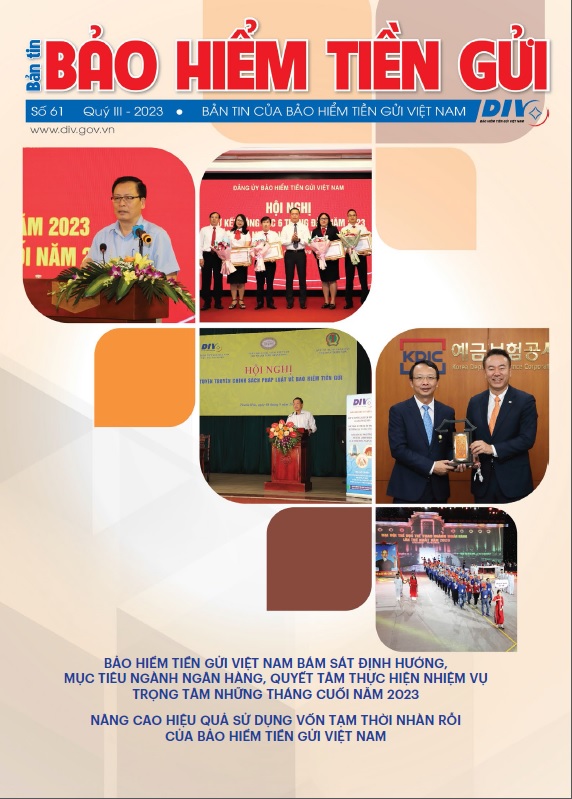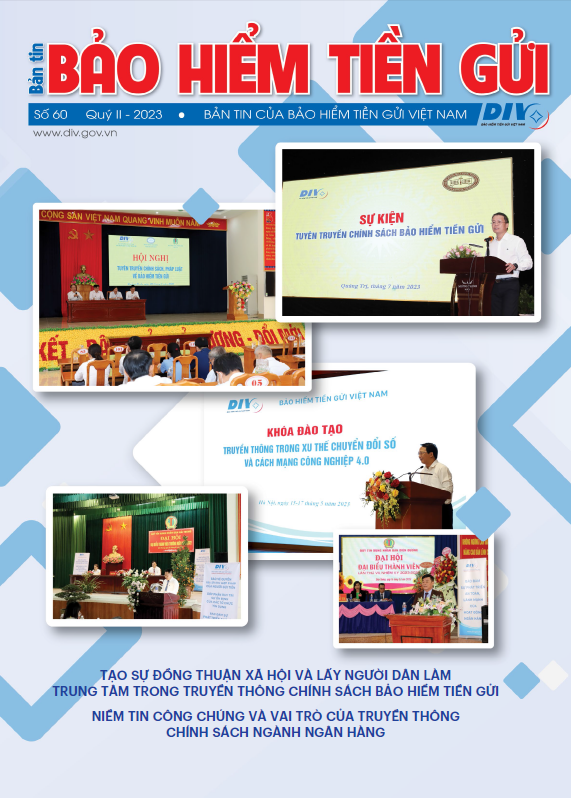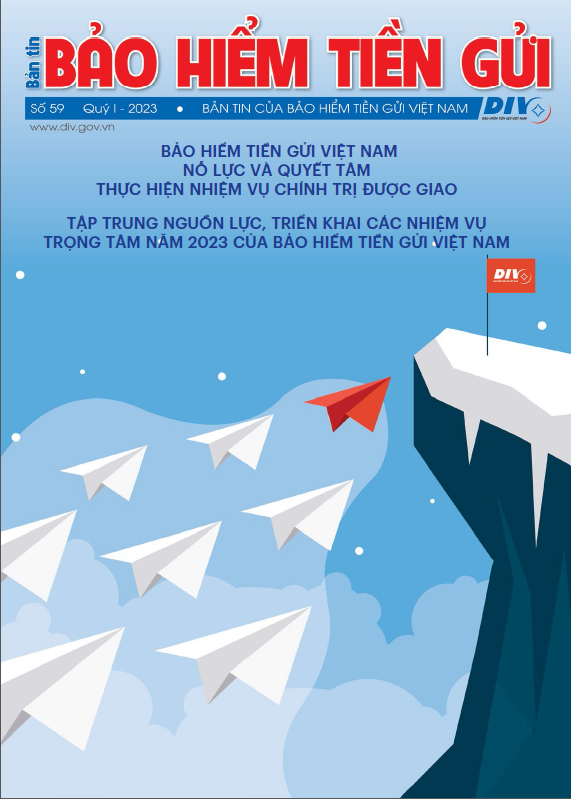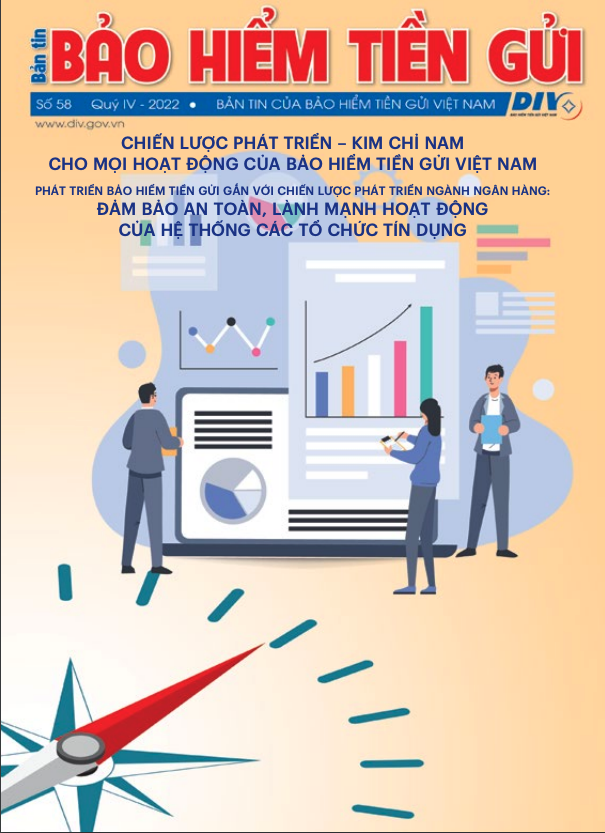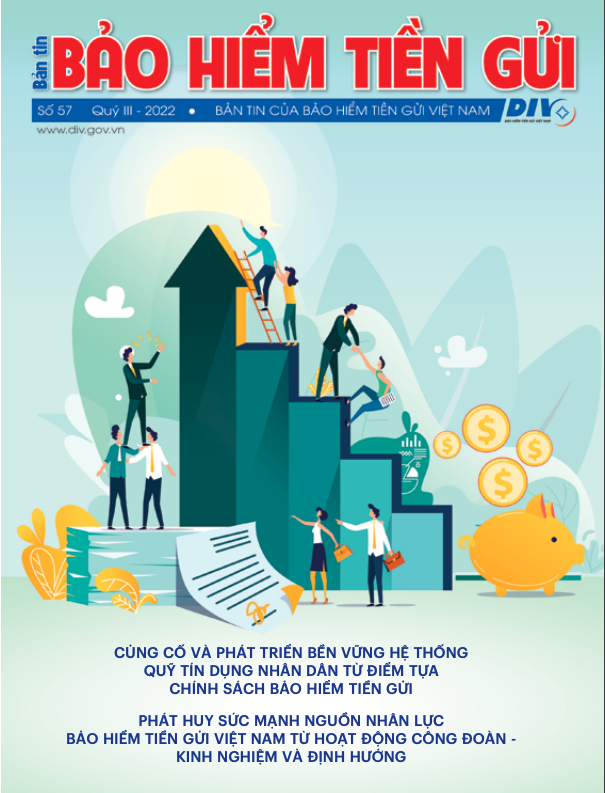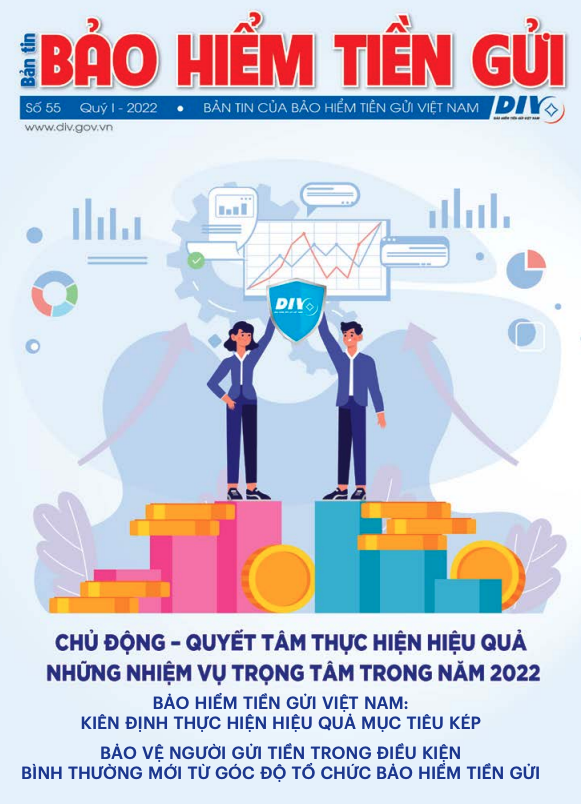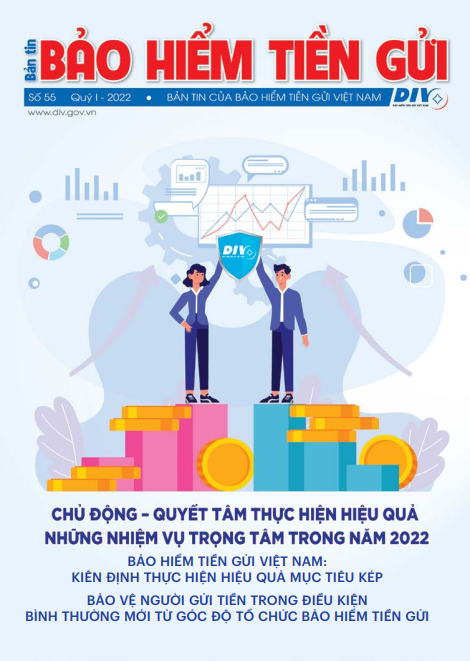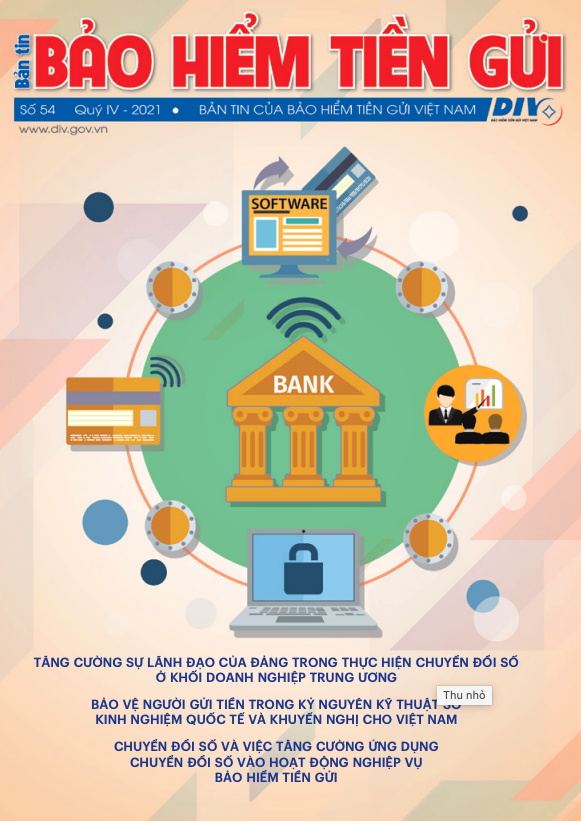For credit institutions, lending is the main activity that brings the main source of income for credit institutions, but also has many potential risks, which can cause heavy financial losses if there are no appropriate risk control measures. There are many reasons for lending risk, including objective as well as subjective reasons. Although credit institutions have the right to refuse customers with low credit or operating in high-risk industries, lending activities of credit institutions are always risky if customers intentionally use capital for the wrong purposes, unwilling to repay the debt, deliberately deceiving to appropriate bank capital or poor customer's ability to manage and plan business strategies, affecting the ability to repay debt. Economic recession, effects of policies, natural disasters, epidemics will also affect the business and financial situation of borrowers, leading to inability to repay loans to banks. Although the borrowers of credit institutions are individuals, organizations and businesses with good financial situation or high credit rating, there are still many potential risks if risk management is not good, which will lead to financial loss, the credit institution's business operations will be lost, and even lead to bankruptcy. Therefore, risk management for lending activities is an extremely important task.
Risks for DIV when providing special loans
Unlike credit institutions, DIV is a non-profit financial institution. According to the provisions of Circular No.08/2021/TT-NHNN dated July 6, 2021 (Circular No.08), the DIV can provide special loans with preferential interest rates up to 0%, in order to support credit institutions whose restructuring plans are implemented by the Special Control Board, thereby indirectly protecting the legitimate rights and interests of depositors, contributing to maintaining the stability of the system of credit institutions, ensuring the safe development, healthy banking operations. Although there is no pressure on interest rates or income from lending activities, DIV's special lending activities have many risks.
Regarding the subject of the loan, while the credit institutions have the right to choose the loan object and industry, refuse the customers with low credit or the high-risk industry, the deposit insurer can only lend to the weak credit institutions that are under special control. The possibility that the credit institution fails to implement the restructuring plan successfully, and fails to recover its business operations may lead to dissolution or bankruptcy, therefore, posing the risk that DIV will not recover capital when lending is high. In addition, special loans also have potential moral hazard, when credit institutions receiving capital from DIV may use capital for wrong purposes, invest in risky activities in the hope of recovering business activities.
Regarding collateral for special lending activities, like credit institutions, when making special loans, loans must have collateral. According to the provisions of Circular No.08 and internal regulations of DIV, the borrower must have collateral when accessing a special loan, the collateral can be valuable papers, debt collection rights, etc. Property rights are interest receivables arising from credit facilities depending on each specific loan case. For loans under the approved recovery plan, the collateral for the special loan shall comply with the approved recovery plan. In fact, the majority of credit institutions' loans specially controlled are overdue debts, bad debts, remaining loans eligible for mortgage during the lending process may decline in value, overdue debts are no longer eligible for mortgage. Moreover, loans from credit institutions, especially people's credit funds, lending procedures (signing credit contracts, notarizing mortgage contracts, registering secured transactions...) regulations have not been properly implemented. It can be seen that, when making a special loan, it is likely that the loan will not have any collateral, or if there is only the right to claim debt, and the process is also very difficult for the DIV when resolve collateral to recover the loan.
In addition, there are many problems with regard to the mechanism of resolving losses for special lending activities. The Law amending and supplementing a number of articles of the Law on credit institutions in 2017 stipulates that, in the event that DIV makes a special loan under the approved recovery plan, the DIV is entitled to reduce the technical reserve fund to deal with special loans are not recoverable. Circular No.20/2020/TT-BTC of the Ministry of Finance stipulates: (i) The DIV does not make provision for bad debts for special loans, (ii) the DIV reports to the The State Bank of Vietnam (SBV) in order to consider and decides to use the professional reserve fund to cover losses in case the balance of income from special loans is not enough to cover the loss. However, the process of doing so has not been specified.
International experiences
According to the results of the annual survey of IADI in 2022 of 108 deposit insurance organizations in the world, only 8/108 countries use the financial assistance tool (Open Bank Assistance - OBA) including lending measures to resolve problematic credit institutions. It can be seen that, when choosing tools to deal with problem credit institutions, financial support is not the preferred tool chosen by countries. The reason is that this method can create serious moral hazard, high cost and does not address the root of the problem. According to the research paper "Basic theory of moral hazard in banking activities" posted on website sbv.gov.vn, it shows that the moral hazard of problematic credit institutions arises from the support of the Government to save large credit institutions from collapse when they are insolvent, in order to maintain public confidence in banking activities, this is a factor that causes these organizations to carry out investing act involves moral hazard.
From 1992 to 2010, the US Federal Deposit Insurance Corporation (FDIC) used financial support but still limited. Following the introduction of the Dodd-Frank Act (2010), this measure was officially removed from the treatment options permitted by the FDIC. Japan and Korea are the countries with a developed deposit insurance organizations that are applying this measure. Basically, the legal provisions on financial assistance are very strict, usually limited to apply only in special cases. In Japan, the Deposit Insurance Corporation of Japan (DICJ) will inject capital or provide financial support in excess of insurance payouts in case the Prime Minister determines that the failure of a financial institution seriously affects the Japanese credit system.
In Korea, the Korea Deposit Insurance Corporation (KDIC) provides financial assistance to an insolvent financial institution in the event that KDIC considers that it is necessary to improve the financial structure of the financial institution in order to protect the financial institution, depositors and stabilize the credit system. In addition, the KDIC provides financial assistance so that the merger of an insolvent financial institution can be carried out smoothly or where requested by the Financial Services Commission. In addition, DICJ and KDIC rely on the principle of minimum cost to decide whether to pay or provide financial support. In case the cost of implementing the financial support plan is determined to be higher than other options, the financial support plan will not be selected. In addition to using the principle of minimum cost, KDIC also applies the principle of fair loss sharing and the principle of self-reliance. Specifically, under the principle of fair loss sharing, KDIC will provide financial assistance provided that the person responsible for the insolvency of the insured financial company must share all losses equitably (including shareholders, managers, employees). Shareholders are liable through capital reduction. Managers and employees are affected by the policy of reducing personnel, not increasing wages. With principles of self-reliance, KDIC and the recipient organization signed a Memorandum of understanding on normalization of organizational operations. Accordingly, KDIC has the right to review and evaluate the management situation of the organization and take corrective actions.
Suggestions and recommendations
It can be seen that DIV's special lending activities have many potential risks, the risk of not being able to recover the loan capital is very high. Therefore, it is necessary to have measures to help limit and prevent risks in line with international practices in the process of DIV performing special lending activities. Some recommendations on DIV's special lending activities are as follows:
Regarding lending objects, the DIV is allowed and gives priority to lending to healthy credit institutions that receive mergers and acquisitions, weak credit institutions, and credit institutions that support the implementation of the restructuring plan. In the case of lending to a weak credit institution, which is subject to special control, the credit institution must be certified by a competent authority that the failure of these credit institutions will seriously affect the financial system by specific criteria.
The loan limit (financial support) of DIV ensures the principle of minimum cost, the maximum loan amount does not exceed the insurance payment amount according to the insurance payment limit by period.
Special loans must be secured in all cases. The valuation of security assets must be carried out by a specialized agency to help DIV recover the loan when the credit institution fails to pay the debt, DIV can handle the collateral to recover the debt.
DIV needs to strengthen post-lending examination and supervision to detect mistakes of credit institutions in using capital, avoiding cases where credit institutions use loans for wrong purposes. In addition, the post-lending supervision helps DIV detect in a timely manner the case where the collateral property is depreciating in value, no longer being eligible to secure the loan, and take measures request the credit institution to replace or supplement appropriate security assets.
Regarding the loss resolving mechanism, DIV has the right and initiative to set up and use risk provisions or use the professional reserve fund to deal with losses in case of delay or failure to recover the loan capital. In addition, there should be a provision to exempt DIV and loan officers from liability, especially when complying with the laws and regulations of DIV but the borrower is still late or unable to repay the loan.
Communication Department
